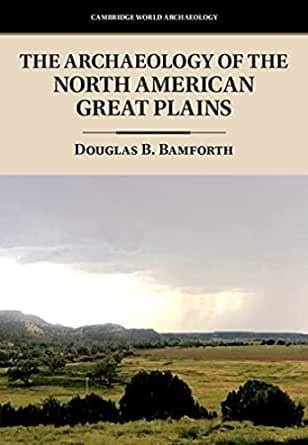“The Archaeology of the North American Great Plains” was written by Douglas B. Bamforth and is part of the Cambridge World Archaeology series.
Bamforth’s book provides a comprehensive overview of the archaeological research conducted on the Great Plains region of North America. He covers a wide range of topics, including the prehistory of the region, the arrival of Europeans, and the interactions between Native American groups and European settlers.
He focuses on changes in resource use, continental trade connections, social formations, and warfare over a 15,000-year period, synthesizing a century of scholarship and new archaeological data.
The book is structured thematically. Bamforth draws on a wide range of archaeological evidence to build a detailed picture of life on the Great Plains, including artifacts, architecture, and human remains.
He examines how foragers harvested the grasslands more intensively over time, ultimately turning to maize farming, and the persistence of industrial mobile bison hunters in much of the region as farmers lived in communities ranging from hamlets to towns with thousands of people.
One of the strengths of Bamforth’s book is his focus on the diverse range of cultures that have inhabited the Great Plains over time. He emphasizes the importance of understanding the unique histories and perspectives of different Native American groups, and how they have shaped the archaeological record of the region.
Overall, “The Archaeology of the North American Great Plains” is a valuable resource for scholars and students interested in the history and archaeology of this important region. It provides a detailed and nuanced understanding of the complex interactions between humans and the environment over thousands of years.
Bamforth’s book demonstrates how archaeology can be used to tell long-term, problem-oriented human history.

































